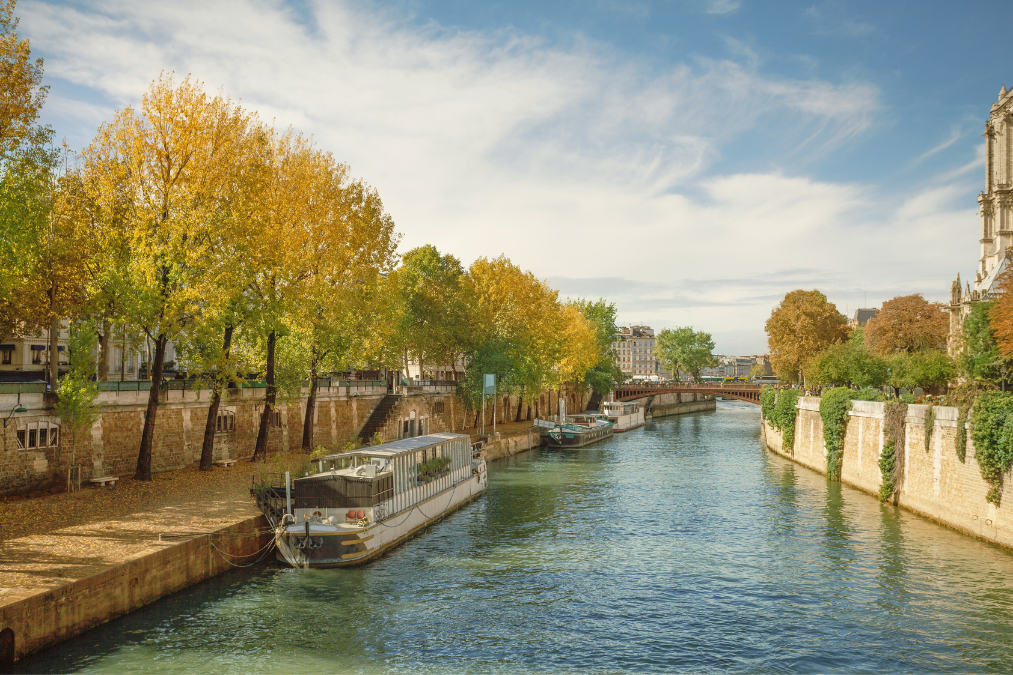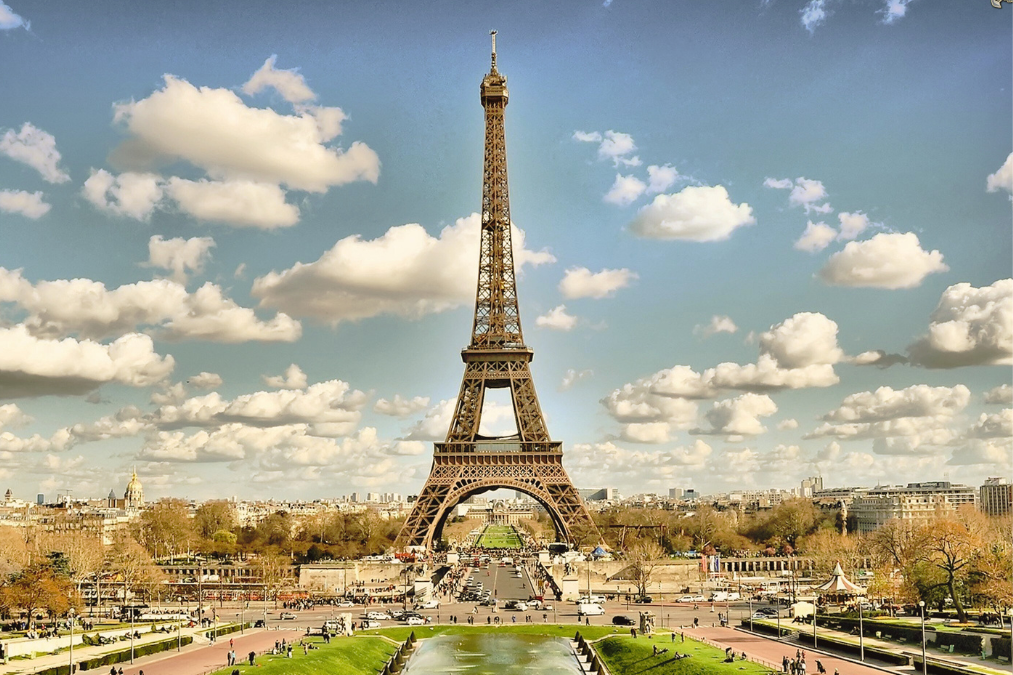The Seine River is a living, breathing artery coursing through the heart of France's most elegant and historic regions. It has been the muse to painters like Claude Monet and the setting of timeless stories by authors such as Victor Hugo. Today, it remains an essential thread in the fabric of Parisian life, hosting the flamboyant capital along its banks. This iconic waterway, with its centuries of history and undulating charm, holds secrets beneath its glittering surface, beckoning explorers and story-seekers alike. Let's delve into the depths of the Seine to uncover a world beyond its postcard-worthy façade.
The Seine River Overview
The Seine River is a prized jewel in the crown of French geography. With a course that stretches over 480 miles through the idyllic landscapes of Burgundy, pastures of Normandy, and the bustling streets of Paris, it symbolizes diversity, both in its natural settings and cultural impact. The river starts in the Langres plateau of northeastern France and winds its way northwest, eventually flowing into the English Channel at Le Havre.
Surrounded by history, the Seine River has been a lifeline for settlements dating back to prehistoric times. Today, it stands as a witness to France's rich past, hosting countless bridges, including the iconic 'Pont Neuf,' as well as feeding into numerous canals that snake through the picturesque countryside.
SHOP FRAMED PARIS DOG PHOTOS
Key Takeaways
- The Seine is central to much of French identity, offering more than just a scenic route for river cruises.
- It spans approximately 483 miles, making its way through Normandy and passing by Giverny, the site of Monet’s Water Lilies.
- The river serves a vital role in industry and transportation, with its mouth at Le Havre being one of France's most significant ports.
- The Seine’s depth is moderate, with an average depth of about 9.5 feet, with the deepest areas up to 30 feet.
History Along the Seine
To understand the Seine is to wade through the annals of European history. It played a pivotal role in trade and commerce during medieval times and was a strategic watercourse during the Hundred Years' War. Even more, it embodies the rich historical tapestry of France, intertwining with events such as the French Revolution and the World Wars. The riverbanks today serve as an open-air museum, with landmarks like the Notre Dame Cathedral and the Louvre housing pieces of the past that have withstood the test of time.
The Seine is not just a passive observer; it has often been at the heart of Parisian life, shaped by the city and leaving its mark in turn. As you navigate its length, you cannot help but be impressed by this historical heavyweight. The Seine is a testament to the fascinating intersection of human civilization and nature.
How Deep is the Seine?
The depth of the Seine River varies throughout its meandering journey. In Paris, the Seine’s depth is moderate, with an average depth of about 9.5 feet, with the deepest areas up to 30 feet. This shallow basin in the city has made the river an accessible and central feature, yet it is deceivingly shallow. For the most part, the Seine is navigable for commercial traffic, but there are areas that require careful maneuvering due to natural shallows and the presence of historical structures, such as the 'point zero' at the Notre Dame, a marker of the river's water level.
But as we venture farther from the urban bustle, the river's level dips and rises according to the landscape it carves through. The Seine displays the gradient of its geography — from the sandy shallows at Honfleur to the deeper, more open expanses at its delta.
What Fish Live in the Seine?
An often overlooked aspect of this grand waterway is the life beneath it. The Seine is home to several species of fish, each with their own story and significance. Despite urbanization and industrialization, the river still supports a surprisingly diverse aquatic fauna. Species such as perch, pike, and trout continue to thrive, offering a haven for those passionate about angling and a resource for Parisians who enjoy fishing.
Fish Tales: Species Identification
- The banks of the Seine are home to more than 40 species of fish, including the European eel, zander, and perch, each with a unique role in the river's ecosystem.
However, the Seine has faced ecological challenges, notably with a decline in certain fish populations due to pollution and overfishing. Efforts to rehabilitate the river's health are ongoing, with cleaner waters attracting increasing numbers of fish back to their historic sanctuary. The Seine's ecosystem is a testament to resilience, as it persists against the current of human development, offering both lessons in conservation and opportunities for local biodiversity.
Conclusion
The Seine River is more than just a waterway in France—it's an integral part of the nation's heritage and spirit. It serves not only for transportation and tourism but also acts as a touchstone for the cultural and historical identity of France. The river's continued health and vitality are crucial, reflecting the importance of sustainable environmental practices. As it winds through the heart of Paris and beyond, the Seine offers a place for everyone to connect with history, community, and nature. Its banks have witnessed countless stories, and its waters continue to flow as a symbol of the enduring allure of the French landscape.




